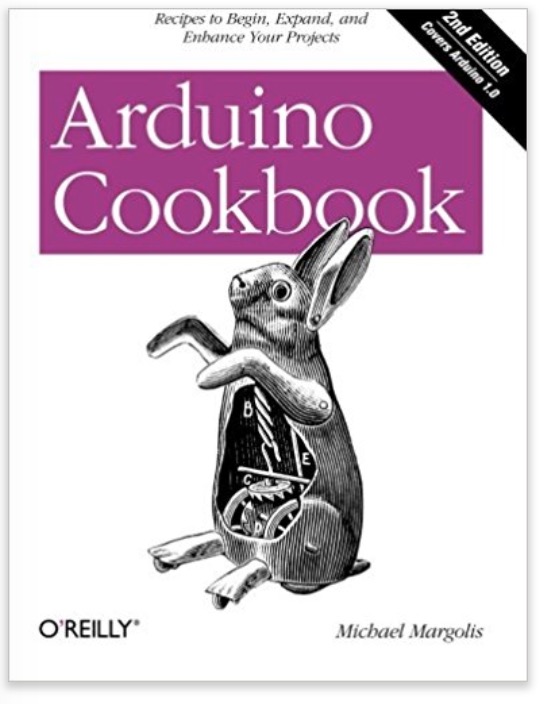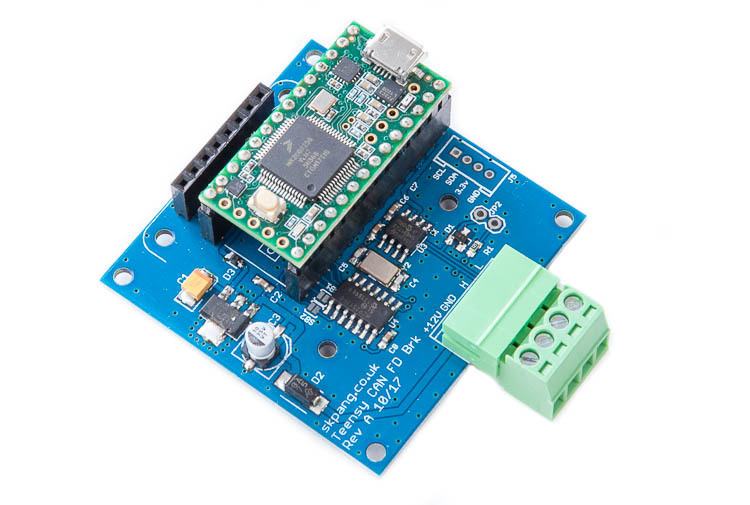Recent Posts
CAN FD To USB Gateway Project With Teensy 3.2 And Microchip MCP2517FD CAN FD Controller
Posted by on
Our Teensy 3.2 With CAN FD Breakout Board provides all the components needed to create your CAN FD to USB-Micro Gateway. The board comes with the Microchip MCP2517FD CAN FD controller, while the Teensy 3.2 provides the USB connection. It also has an onboard 5 VDC regulator and reverse-voltage protection.
The MCP2517FD is a cost-effective and small-footprint CAN FD controller that efficiently connects to the Teensy CPU via an SPI interface. Consequently, the CAN FD channel offers an extension to a microcontroller that is either lacking a CAN FD peripheral, or doesn’t have sufficient CAN FD channels.
The MCP2517FD supports both, CAN Bus data frames in the Classical format (CAN2.0 A/B) and CAN Flexible Data Rate (CAN FD) format.
All that is needed to complete the gateway application is the firmware, which is available as a download from the Github website. The protocol software converts CAN FD data into ASCII to be transmitted per USB and vice versa. Also, the USB side can send ASCII data for CAN FD port setup (open/Close channel, CAN FD Baudrate, etc.) and request hardware and firmware versions.
There is also a Youtube video, explaining the setup and use of the gateway.
 Arduino Cookbook
Arduino Cookbook
Want to create devices that interact with the physical world? This cookbook is perfect for anyone who wants to experiment with the popular Arduino microcontroller and programming environment.
You will find more than 200 tips and techniques for building a variety of objects and prototypes such as toys, detectors, robots, and interactive clothing that can sense and respond to touch, sound, position, heat, and light.
You do not need experience with Arduino or programming to get started.
Updated for the Arduino 1.0 release, the recipes in this second edition include practical examples and guidance to help you begin, expand, and enhance your projects right away, whether you are an artist, designer, hobbyist, student, or engineer.
- Get up to speed on the Arduino board and essential software concepts quickly
- Learn basic techniques for reading digital and analog signals
- Use Arduino with a variety of popular input devices and sensors
- Drive visual displays, generate sound, and control several types of motors
- Interact with devices that use remote controls, including TVs and appliances
- Learn techniques for handling time delays and time measurement
- Apply advanced coding and memory handling techniques
 Loading... Please wait...
Loading... Please wait...

